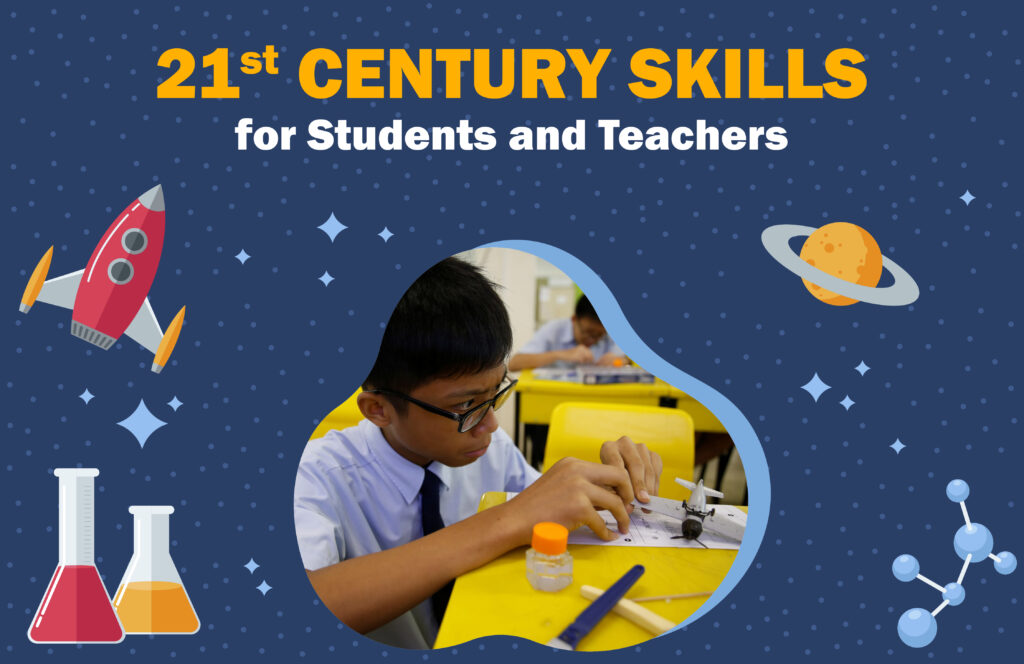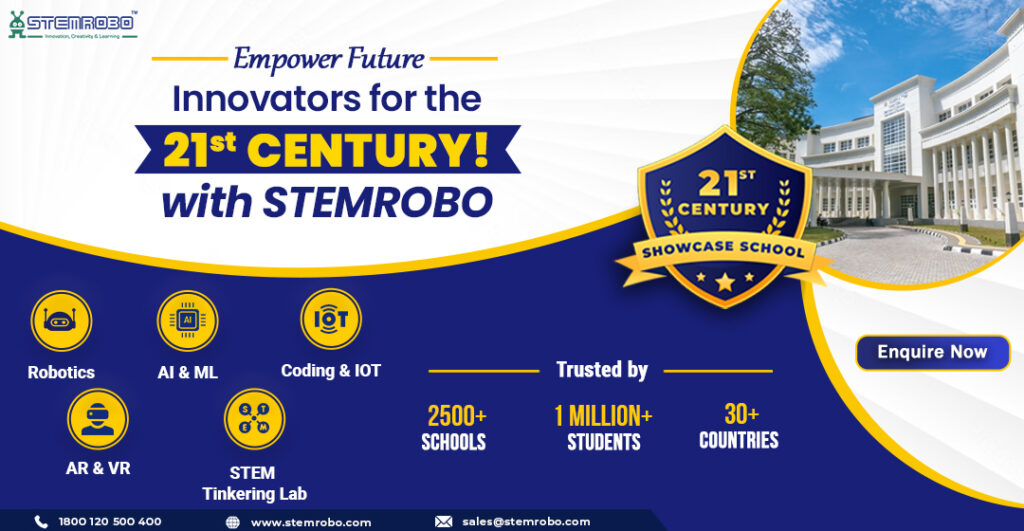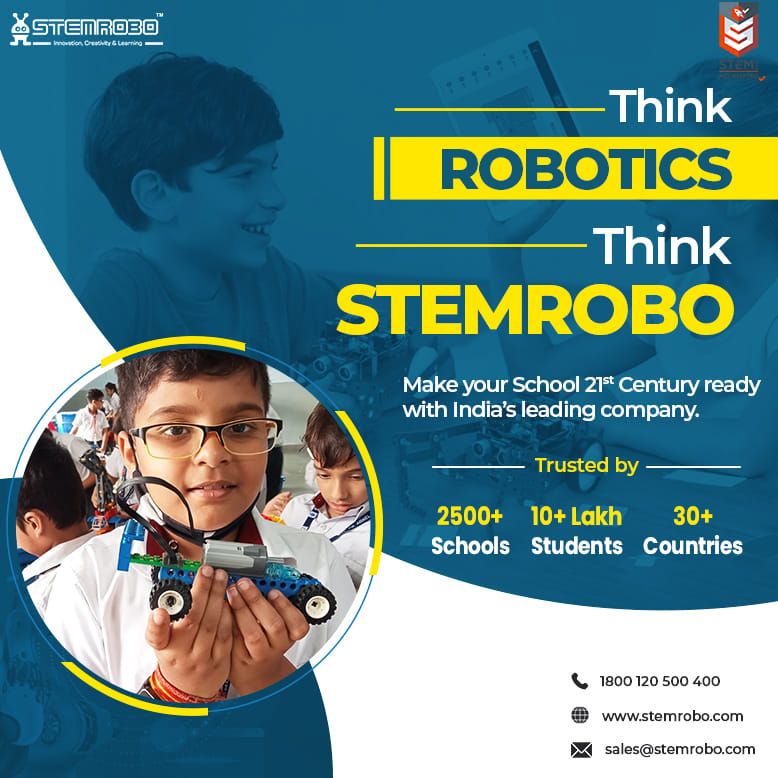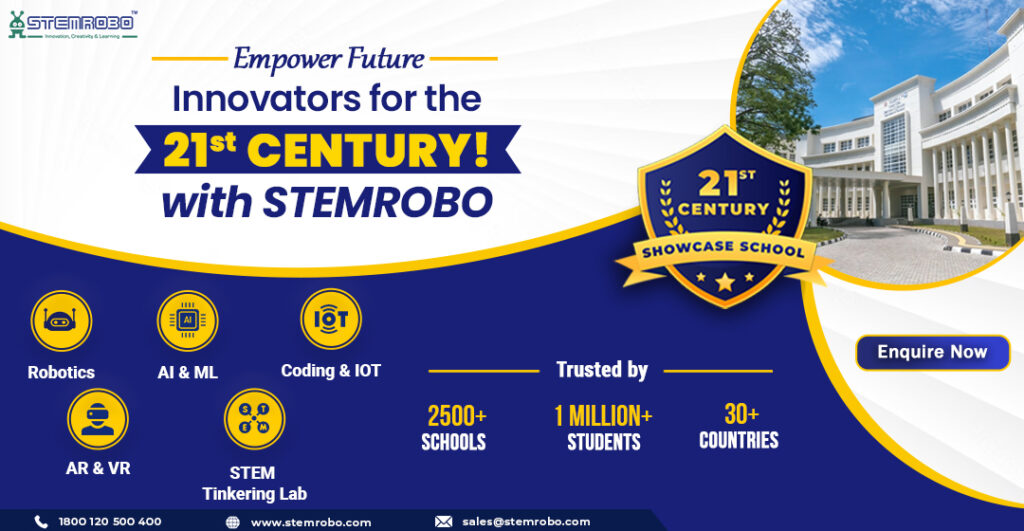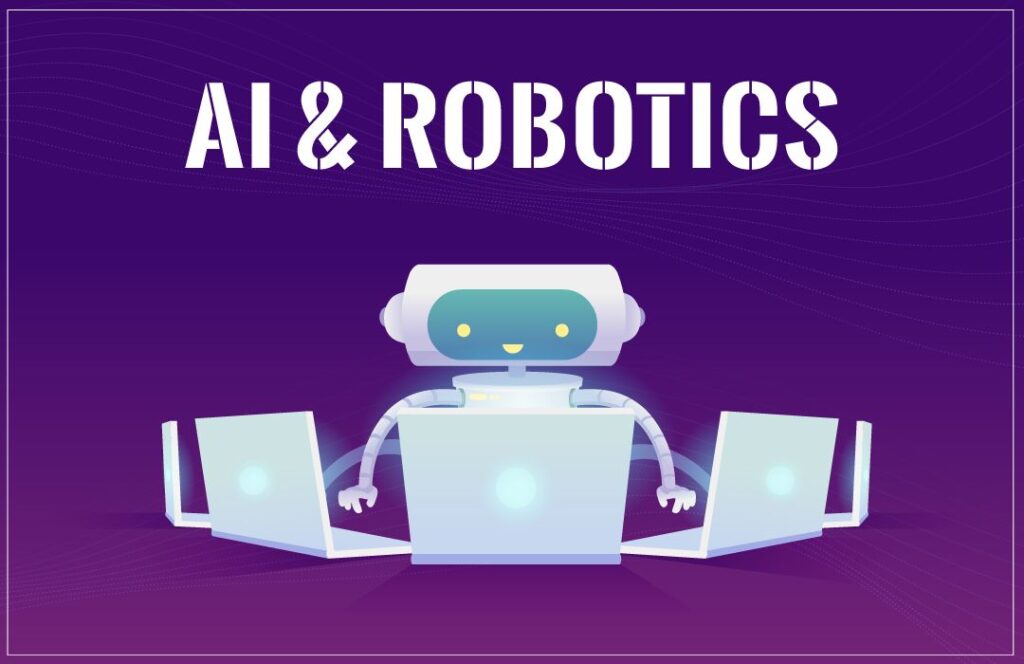21st Century Skills for Teacher
Preparing Teachers for Modern Learning Teachers are being given more and more responsibility in the quickly changing educational landscape to prepare their students for a future largely dependent on technology and global communication. Teachers need a special set of abilities beyond the ones found in regular teaching approaches if they are to face this task. Teachers must possess these abilities, often known as 21st century skills for teachers, to effectively prepare students for success in today’s technological society. 1. Technological Professional experience Teachers need to be adept at utilizing technology in the digital era to improve instruction and student learning. This includes utilizing educational apps, online resources, and digital tools to engage students and create dynamic learning experiences. Additionally, educators need to be skilled in incorporating technology into their lesson plans to facilitate collaboration and creativity among students. 2. Flexibility and Adaptability The classroom of the 21st century is dynamic, with new teaching techniques and technology appearing all the time. Teachers must be flexible and adaptive, ready to accept change and modify their methods of teaching to suit the changing demands of their students. This requires an open mind to innovative ideas and techniques as well as persistently looking for chances for professional growth to advance their abilities. 3. Problem-solving and critical thinking Teachers are essential in helping children develop critical thinking and problem-solving abilities. It is the responsibility of educators to foster critical thinking, understanding of data, and application of knowledge to practical contexts. 21st century skills for teachers involves developing educational materials that push students to tackle difficult issues and think creatively to equip them for success in their future careers. 4. Working together and communicating For teachers to collaborate and communicate with parents, students, and other educators successfully, they must possess these abilities. In addition to properly communicating with parents to offer them updates on their children’s growth, teachers should be able to work together with other educators to exchange ideas and best practices. Teachers should also encourage a collaborative learning atmosphere in the classroom so that students may cooperate to accomplish shared objectives. 5. Lifetime Education Teachers need to be dedicated to lifelong learning as the profession of education changes. This requires them to keep up with the most recent findings and developments in the field of education as well as look for possibilities for professional development to further their careers. Teachers can provide students with the best learning experience possible and adjust to the shifting needs of the 21st-century classroom by continuing to study and improve. 21st century skills for teachers are important for teachers just as much as for students because they help teachers better prepare their students for success in the world of today. These abilities are crucial for teachers in the following ways: Teaching Behaviour: Teachers who demonstrate 21st-century skills and how to use these abilities in practical situations. Learning Development: By equipping 21st century skills for teachers may design dynamic and captivating learning spaces that encourage students’ critical thinking, creativity, cooperation, and communication. Adapting to Change: To fulfill the requirements of students in a constantly changing educational environment, instructors must be flexible and adaptive, eager to adopt new technology and teaching methods. Improving Professional Development: Teachers who are equipped with 21st-century abilities are more likely to look for and take advantage of chances for professional development, which enables them to keep improving as teachers. Encouraging Students to See Learning as a Lifelong Goal: Teachers may foster a similar perspective in their students by exhibiting a dedication to lifelong learning. Future-Ready Education: Teachers who possess 21st-century skills are more suitable to get students ready for the profession, where these abilities are highly prized. 21st century skills for teachers are used to educate their students for success in an increasingly complicated and interconnected world, as well as to create engaging learning environments and adapt to change. Teachers and classrooms can change significantly after acquiring 21st century skills for teachers, which benefits kids in several ways. Changes in Teachers: Enhanced Confidence: Teachers could have more confidence in their ability to employ cutting-edge techniques and technology in the classroom. Adaptability: As technology and education develop, teachers become increasingly capable of modifying their lesson plans to better meet the requirements of their students. Collaboration: To enhance student learning, teachers are more likely to work in coordination with other educators, exchanging ideas and best practices. Professional Development: Teachers gain new skills and engage in ongoing learning to advance their careers. Innovative Thinking: Educators cultivate a more inventive perspective, crafting captivating and exciting classes that motivate students. Modifications in Classrooms: Engaging Learning Environments: As students actively participate in their education, classrooms become more dynamic and engaging. Technology Integration: By more skillfully incorporating technology into classes, students’ learning is improved. Critical Thinking: Through demanding and interesting tasks, students develop their critical thinking abilities. Collaborative Learning: Through collaborative learning exercises, students strengthen their communication and cooperative abilities. Global Awareness: By learning more about the world and its various cultures, students become more responsive and culturally aware. Creativity: Teachers urge their students to use their imaginations to solve issues in creative ways. Advantages for Kids: Better Academic Achievement: Students who get an education that is both interesting and effective demonstrate better academic achievement. Improved Problem-Solving abilities: Kids acquire strong problem-solving abilities that are beneficial in both educational and practical contexts. Improved Communication abilities: Through group projects and interactions with classmates and instructors, kids may develop their communication abilities. Future Readiness: Kids have the abilities required to thrive in a world that is changing quickly, making them more future-ready. Enhanced Motivation: Since they are participating in educational activities that are relevant and important to them, children have a greater desire to learn. Finally, by equipping kids with the abilities they need to succeed in modern society, acquiring 21st-century knowledge may result in good changes in educators and learning environments. Professional Development: To improve educational expertise in STEM education and 21st-century skills for teachers, STEMROBO provides professional development programs. Curriculum Development: To
21st Century Skills for Teacher Read More »

